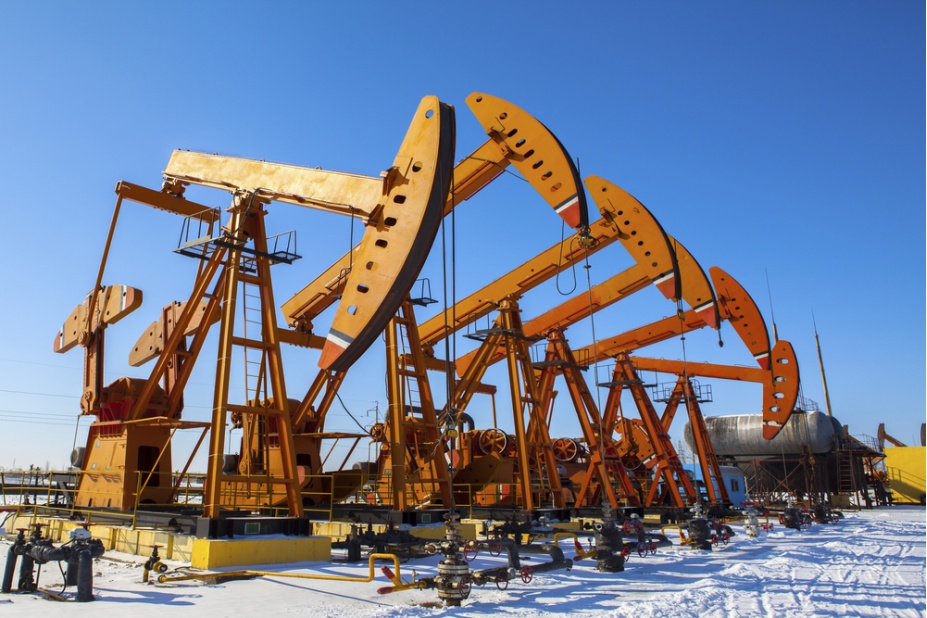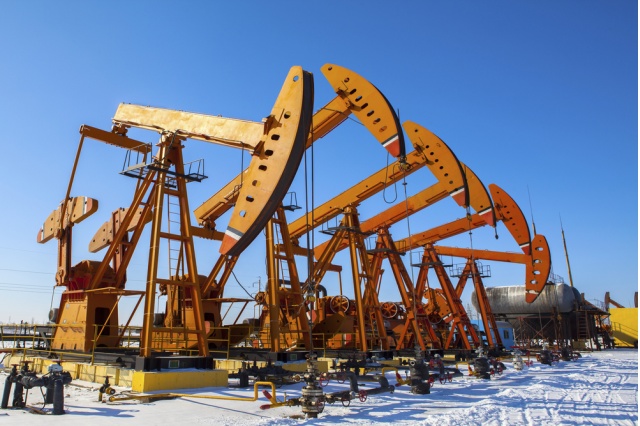Why is seal failure common in Oil & Gas?


Few engineering components are required to perform under more challenging environments than those for Oil & Gas applications. The conditions involved in Oil & Gas production include extreme temperatures, pressures and chemical media, and place rigorous demands on equipment which must be precision engineered to ensure proper functionality and long term performance.
Due to the inherently aggressive nature of Oil & Gas applications, sealing components are at a greater risk of failure than would be the case in industries operating in less extreme environments. In food or pharmaceutical applications for example, sealing components might have a relatively stable life expectancy borne of the consistency and level of control the operator has over the process. Production environments in Oil & Gas can bring a greater degree of unpredictability, impacting the required material properties of the seal.
What properties must Oil & Gas seals demonstrate?
All seal applications have properties and characteristics that must be adhered to in order to ensure a component is fit for purpose. With the increased criticality of Oil & Gas seals, there is a requirement for them to demonstrate proven resistance to the following challenges:
- Explosive decompression
- Sour gas (H2S)
- Temperature and pressure extremes
- Aggressive chemicals
Why do oil seals fail?
In most cases, seals of this kind fail due to issues relating to operation and maintenance. However, all too often seal failure can be a direct result of poor planning, material selection or improper installation.
Planning
Viewed alongside other Oil & Gas equipment, O-rings (and other sealing components) are relatively small in stature. On occasion, this physical disparity can lead some planners to view the humble O-ring as something of an afterthought. Moreover, the priority of materials and equipment in the design or overhauling process is often based on cost and lead time. These common assumptions can treat the procurement of an optimised sealing solution as a trivial ‘final’ element.
The priority of materials and components should be based on their criticality – namely, what are the consequences of that element failing? This more considered approach places O-rings and other sealing components as a key priority in any Oil & Gas engineering project.
Related: Why you shouldn’t leave O-rings as an afterthought
Selection
The correct O-ring selection is imperative to efficient performance of any application, and particularly so in the aggressive environments of Oil & Gas production. There are a number of common technical reasons for O-ring failure, the risk of which can be mitigated by the correct material and seal profile selection. These failure modes include:
- Chemical Attack
- Chemical Swell
- Compression Set
- Extrusion & Nibbling
- Explosive Decompression
- Outgassing
- Spiral Failure
- Thermal Degradation
For more information, read our guide to O-ring failure modes.
Installation
If a sealing component has been improperly installed, the likelihood of eventual failure is significantly increased. The smallest of nicks from an installation tool can exacerbate very quickly in strenuous operating conditions, particularly if coupled with inattentive maintenance. Taking the time to deliver effective training on seal installation can result in notable reductions in equipment downtime through seal failure.

Oil & Gas Seal Selection
When selecting a seal for an Oil & Gas application, some key elements to consider are:
1. Material
2. Sizing
3. Hardware design
4. Manufacturing capabilities
Precision Polymer Engineering has decades of experience in finding sealing solutions for a range of critical Oil & Gas applications. With a certified range of oilfield elastomers (EnDura® and Perlast®), custom component design service and a range of specialist manufacturing capabilities, such as FEA Simulation and sealing consultancy, there are steps which can be taken to guard against an unreliable Oil & Gas seal.
Find your nearest PPE sales contact or get in touch today.
Related: The Importance of FEA Simulation in Oil & Gas & Sealing Considerations for Upstream Oil & Gas